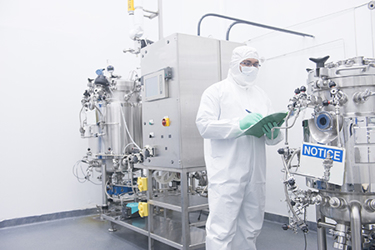Achieving Purity By Design

Demand for increased productivity in biopharmaceutical manufacturing has placed new pressure on downstream purification operations. For recombinant proteins and monoclonal antibodies (MAbs), such pressure stems from significant gains in upstream productivity, particularly from high titers produced using increasingly efficient cell-culture systems. However, for viral vectors used in gene and genemodified cell therapies and viral-vector vaccines, pressure arises from growing demand for complex products that currently are produced at low titers. Harvested feedstocks are consequently complex and typically have high levels of process- and productrelated contaminants, many of which are structurally similar to target molecules. Thus, many steps are required to achieve desired purity levels for target capsids. But during each such step, some target viral vectors are removed along with the impurities.
There is great need for solutions that increase yields of full viral-vector particles to reduce the need for extensive purification. In the meantime, methods that improve purification of low-titer process fluids will be essential to reducing the footprint, cost, and timelines involved in manufacturing therapies and vaccines based on viral vectors.
In this ebook we reveal how you can address downstream inefficiencies with products and services that can shorten development timelines and increase the efficiency of subsequent chromatography and other purification operations.
Originally published by BioProcess International 20(1-2)si January - February 2022
Get unlimited access to:
Enter your credentials below to log in. Not yet a member of Bioprocess Online? Subscribe today.
